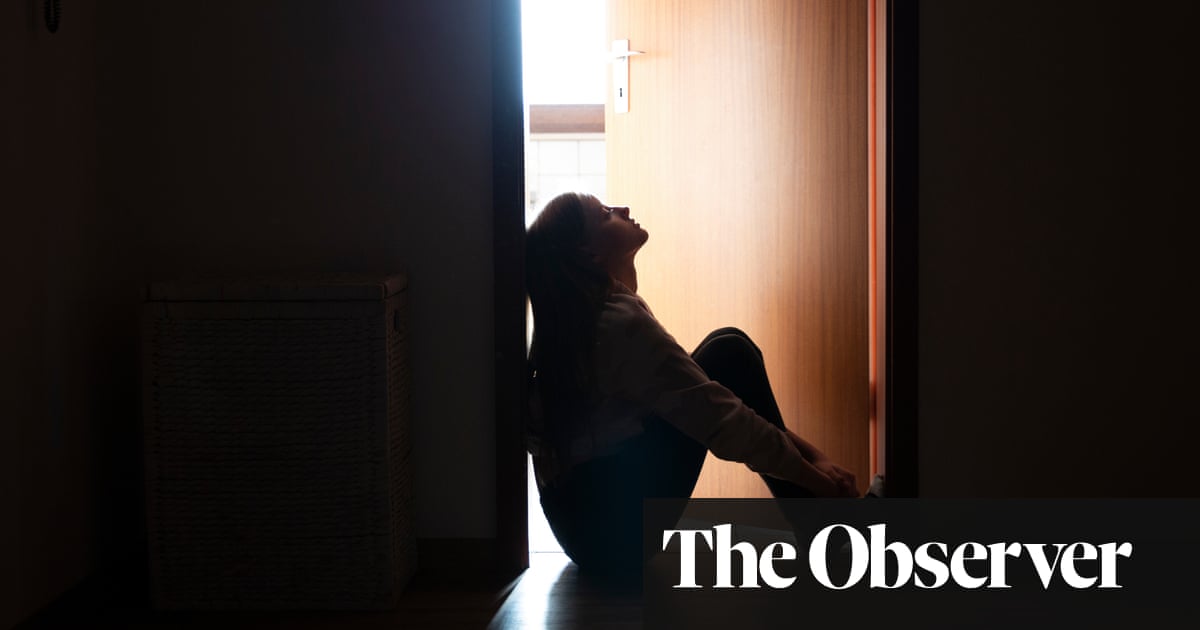
A rising number of people are being buried or cremated by councils in England because they have no one to organise or pay for a funeral, a survey of town halls has found.
There was a 13% rise in a year in the number of “public health funerals” in the 2022-23 financial year, the Local Government Association (LGA) estimated, as costs to the taxpayer for the last-resort ceremonies rose to almost £6m a year.
The increase was described as “awful” by Jenny Headlam-Wells, a councillor who attended a public health burial last year for Lidia Venegas, a Bolivian rough sleeper in her 60s in Kentish Town, north London, who was found dead in the street after a cold night. Headlam-Wells described how Venegas was laid to rest in a cemetery alongside a row of other public health graves, each marked with a wooden cross.
“People knew or knew of her but nobody was going to step in with £4,000 for a funeral,” said Headlam-Wells, the Labour councillor for Kentish Town South. Some friends came to the ceremony at which they sang and played pan flute music.
The ceremony for Venegas was one of 200 public health burials and cremations Camden council has funded in the past two years. The youngest deceased person was 24 and the oldest 95.
Public health funerals are sometimes called “parish” or “welfare” funerals. Aside from being seen as stigmatising, the term “pauper’s funeral” is often a misnomer as the deceased sometimes have assets but no one to administer them.
Based on survey responses from more than 100 councils, the LGA estimated that across England there were about 4,400 council or public health funerals in the 2022-23 financial year, up from an estimated 3,900 a year earlier.
One factor behind the apparent increase is likely to be funeral costs – which have more than doubled since 2004 – rising well above inflation to £4,141 for a basic funeral, according to the 2024 Sun Life cost of dying report.
Adding in professional fees to administer estates and “send-off” costs, including flowers, venues and catering, and the average cost has reached a record high of £9,658. In response, cut-price direct cremations are now proving increasingly popular, going from 3% of all funerals in 2019 to one in five funerals last year.
Lindesay Mace, the manager of the Down to Earth funeral advice service run by Quaker Social Action, said the rise was not surprising but that it was “sad and shocking that in a rich country like the UK there are so many people that need a council funeral”.
She said many people were happy with the council services, but a minority report that some councils do not allow friends and relatives to attend ceremonies and in some cases will not share the ashes, apparently in an effort to keep costs down.
Heather Kidd, the chair of the LGA’s safer and stronger communities board, said: “The rising number of public health funerals is a clear example of how councils are having to do more with less, while also continuing to ensure that the most vulnerable in our society are treated with dignity.
“As this survey shows, as costs increase it’s going to add more pressure on to council budgets, even when they can recoup some money from the deceased’s estate. Councils need long-term certainty and sustainable funding to ensure that PHFs, along with other essential services, can continue to be delivered to the high standard required.”












